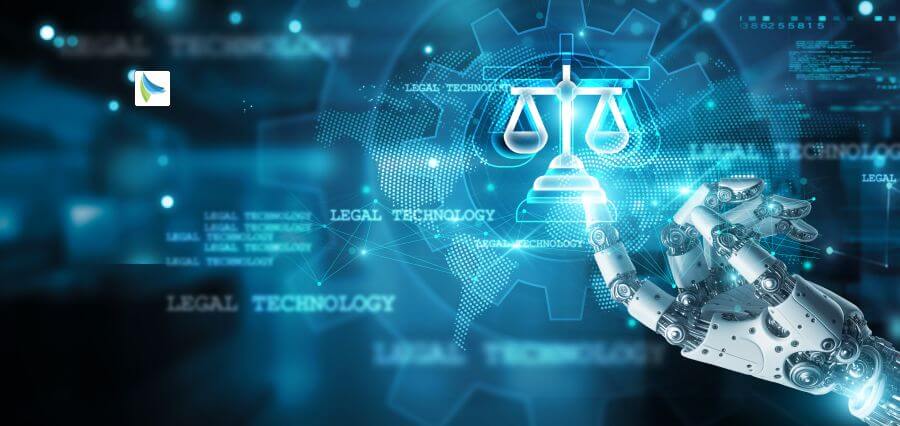In the era of speeding technology, artificial intelligence (AI) is no longer science fiction—it’s reality. AI is transforming industries, achieving efficiencies through automation, and changing decision-making forever. But as organizations explore further into AI-driven innovation, they are exploring further into a high-tech risk landscape as well. In today’s fast-paced world, digital security leadership is mission-critical to not just protect systems, but to lead ethically, to transform strategically, and to build trust in digital spaces.
The AI-Cybersecurity Intersection: A Difficult Challenge
AI is both promise and danger. Organizations are leveraging AI to detect anomalies, automate response, and predict security threats more accurately and quickly than before. Cyber attackers are also utilizing AI for malicious purposes, generating advanced threats like deepfakes, automated phishing, and intelligent malware. The same technology that protects can be utilized to weaponize.
This dual nature turns cybersecurity into so much more than a technical concern. It is now a leadership concern. Companies require a new type of leader—leadership with vision and agility to manage the potential and risk of AI. Digital security leadership must become more visionary than reactive while capitalizing on the strength of AI without being overwhelmed by its risk.
Defining the Modern Digital Security Leader
Those were the days when IT would deal with cybersecurity on its own. Now digital security leaders are on the executive table right along with business strategy and risk management. Theirs is as much of a role in ethics and vision as in technology. They must be vigilant about upcoming threats, ensure compliance, and facilitate inter-departmental collaboration—spanning from data science and law through HR and product development.
They also require emotional intelligence and skills in communication. In a crisis situation, they are the ones to whom the organization looks for leadership and wisdom. Their ability to spin a yarn on trust, responsibility, and preparedness is as essential as any firewall or encryption software.
Building a Security Culture
Among the defining traits of successful digital security leadership is having the capability to instill security into an organization’s DNA. Technology cannot impart a culture of security; people do as well. Human error remains one of the key causes of data breaches, and without proper education and awareness, the best technology can hope to do is fail.
Good security leaders care about establishing a culture in which all personnel feel as though they are part of the security infrastructure. It begins with good communication on risk, responsibilities, and expectations. It also includes establishing safe venues to raise concerns and encouraging transparency in talking about cybersecurity.
When security is adopted as a common value—rather than an imposed regulation—it creates a robust, responsive workforce that can facilitate the organization’s defense posture from the inside out.
Ethics, Governance, and Compliance
Compliance today is no longer a checkbox—it’s an ongoing, dynamic process. With global regulations tightening and becoming increasingly sophisticated, businesses need to make sure that their AI is in line with regulatory requirements for privacy, fairness, and transparency.
Again, digital security leadership intervenes. Leaders must decode such laws as GDPR, CCPA, or India’s DPDP Act and indeed implement them. It includes frequent consultation with legal teams, frequent audits, and strict adherence to ethical technology use.
AI solutions need to be efficient, but equitable. Algorithmic bias, data abuse, and lack of transparency result in brand loss and public distrust. For these issues, there needs to be leadership not only experienced with AI, but also knowledge of how AI affects real people.
Looking Forward: Innovation with Integrity
The future of Internet security is integration, not isolation. As commerce goes to cloud computing, smart devices, telework, and AI-fueled automation, security must be integrated into every aspect of technology.
Good cybersecurity leadership in strong companies will address this complexity with new security models such as zero-trust architecture, continuous authentication, and decentralized identity management. But they won’t just use tools and techniques—They will be digital trust guardians. They will have committed leadership to guide inclusive and fair AI, and to get organizations ready not only for the next breach—but for a future where digital security and innovation can exist together.
Conclusion
The AI era needs more than cutting-edge cybersecurity—it needs bold, agile, and forward-thinking digital security leadership. As AI transforms our workplaces, marketplaces, and society, threats are stronger than ever before. The leaders in this field need to do more than lock down systems; they need to build a culture of security, ethics, and resilience.












